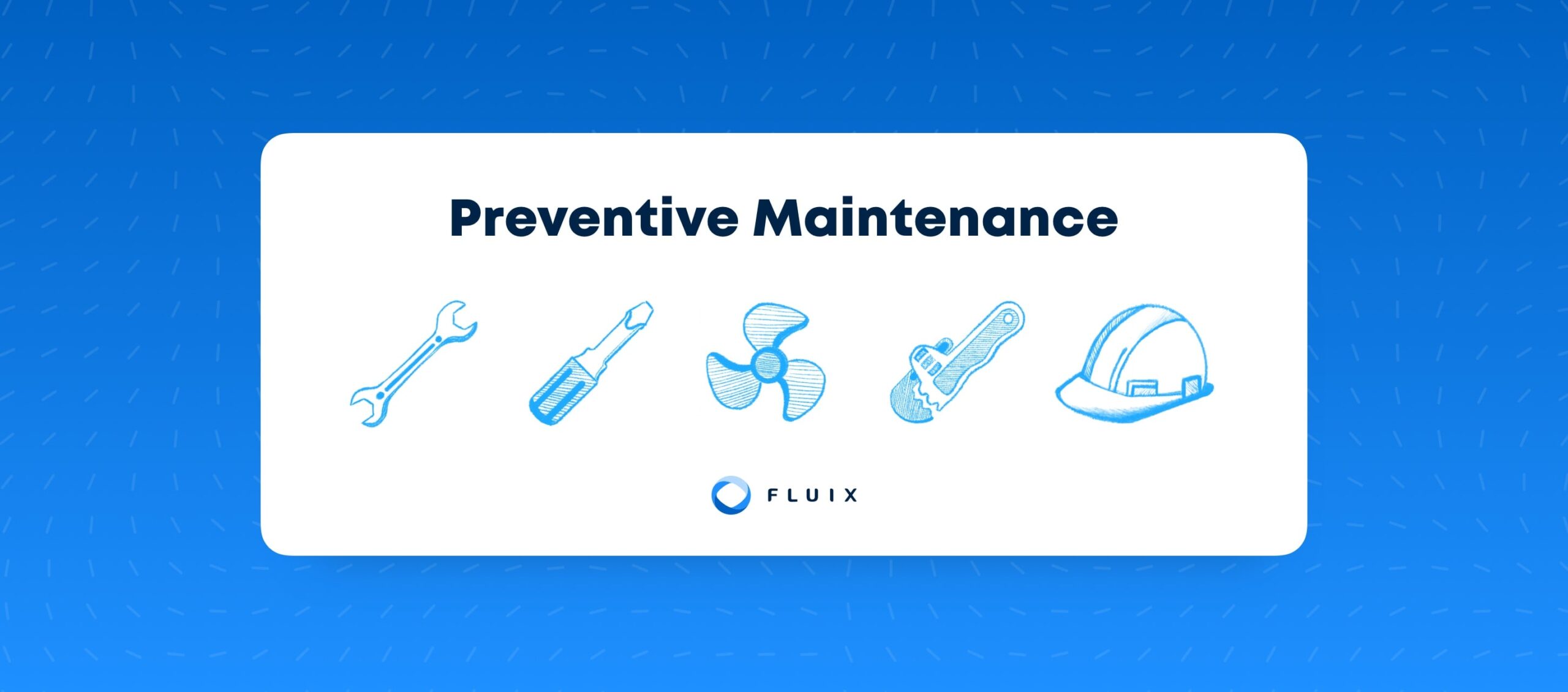Across all industries, businesses are consistently seeking improvements to daily workflows in order to gain a strategic edge. This is especially true for insurers, faced with fierce industry competition with a significant amount of money on the line.
Streamlined workflows are one powerful way for insurers to reduce their costs, improve efficiency, and remain nimble.
Here are five common insurance industry processes that document management software streamlines today:
1. Selling Policies
Insurance sales have long had a reputation for being a rigid, tiresome process, requiring a long cycle time of application processing amid a massive stack of paper documents. Attracting new business can become quite difficult when the simple process of enrolling new customers is a lengthy and exhaustive amount of tedious work.
With the help of insurance workflow automation software like Fluix, the sales process can be streamlined by replacing traditional paper documents with digital alternatives. Sales materials, contracts, and forms can be delivered to customers and signed over email, reducing the amount of time necessary to review and finalize the sales process.
2. Claims Operations
Processing insurance claims is the quintessential insurance task. From collecting information to corresponding with third-parties, claims operations can often require a significant amount of time and resources. For customers, a lengthy claim approval process leads to friction and frustrations.
Insurance workflow automation solutions can expedite claims operations by digitizing tasks that once required physical documents. E-signing, form filling, and data collection through document workflow management software ensure all parties involved in a claim can respond to and approve documents as quickly as possible.
3. New Product Development
Crucial to finding new revenue streams and opportunities, developing new products allows insurance companies to serve the needs of more customers. A lengthy, often complicated process, new product development is nevertheless a necessary component for insurers looking to grow and attract new business.
Insurance product development workflows typically require approval from multiple stakeholders, such as management, to sign off on a wide array of documents. Document management software simplifies the approval process, automatically distributing documentation to stakeholders to keep them informed. Storing and managing updated documents in real time allows for a faster, easier process, which can help speed up product launches.
4. Making Changes to Membership Policies
Throughout the course of a member’s tenure, insurance customers will likely experience life changes that impact benefits and eligibility. When adding a spouse or dependent, health care providers require coordination between the insurance companies and the policyholder to enroll the member in the correct type and amount of coverage.
Changing policy information often requires the exchange of documents to verify eligibility, as well as multiple signatures to finalize confirmed policy adjustments. Using insurance workflow automation software, insurers can share and distribute information digitally within minutes. This improves the customer service experience by reducing the amount of time required to implement policy changes.
5. Compliance
Staying compliant with regulations is a requirement for any insurer. With document management software, automated data collection and preparation, regulatory report scheduling, and automated compliance communications can help reduce the amount of time employees spend on manual tedious paperwork, freeing up resources for higher-value tasks.
Streamlining the Automation in the Insurance Industry
Fluix’s document workflow management software helps insurance companies like Zurich, bridge the gap between field reps and office workers. Digitizing cumbersome manual processes with intuitive, easy-to-share forms–from signing contracts to approving forms – Fluix boosts productivity and optimizes processes to reduce friction in everyday business.





